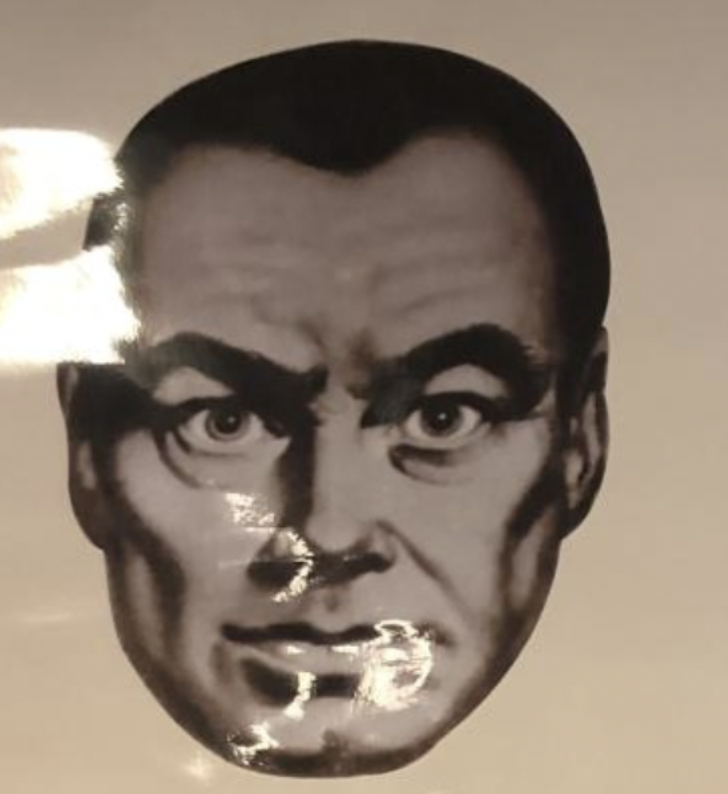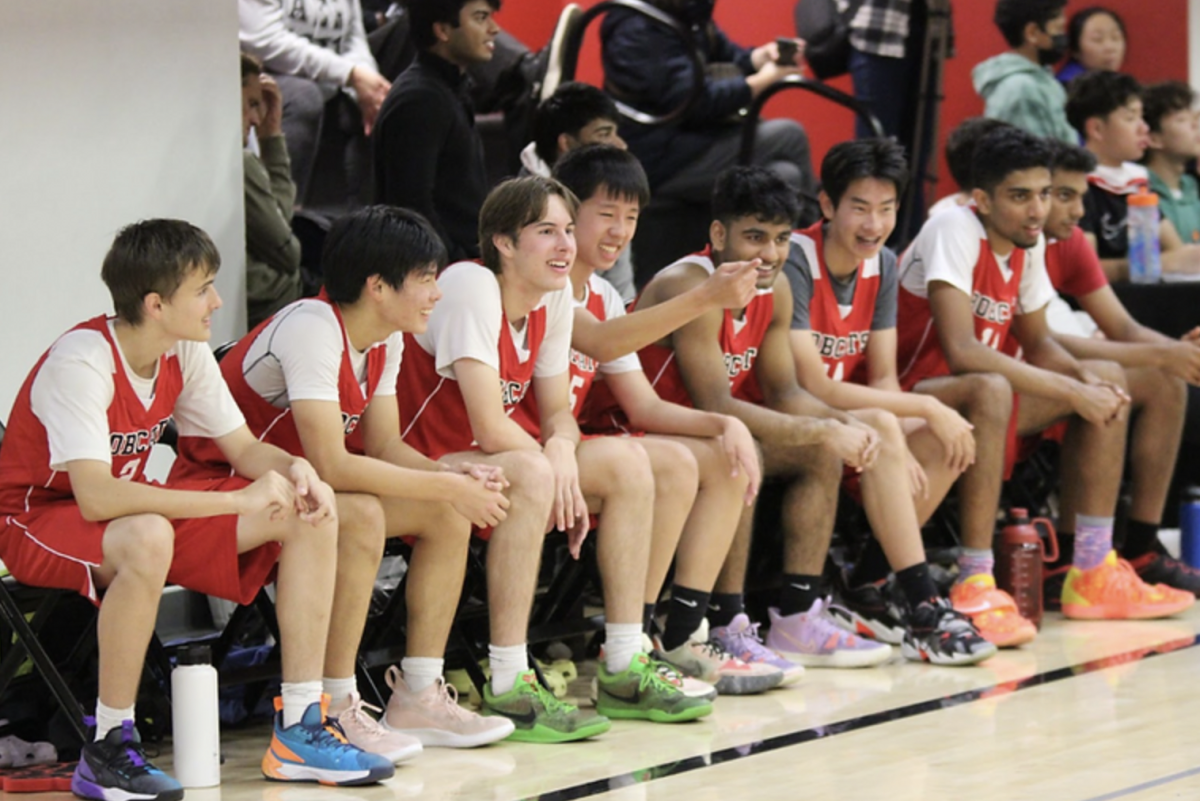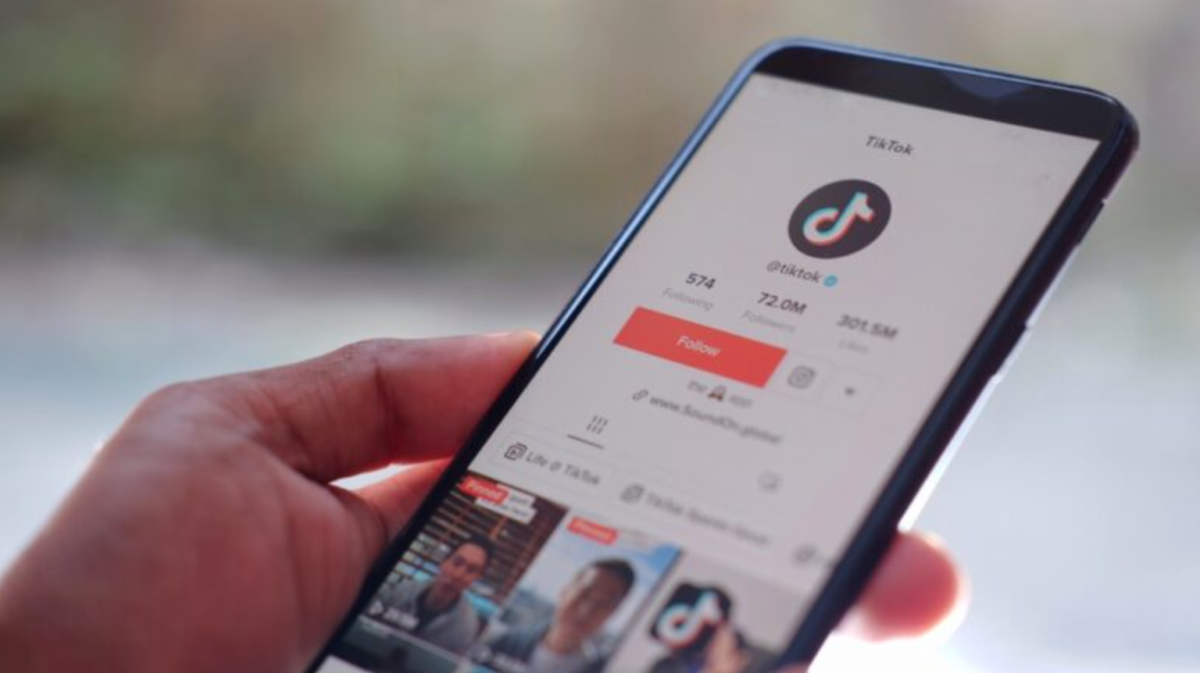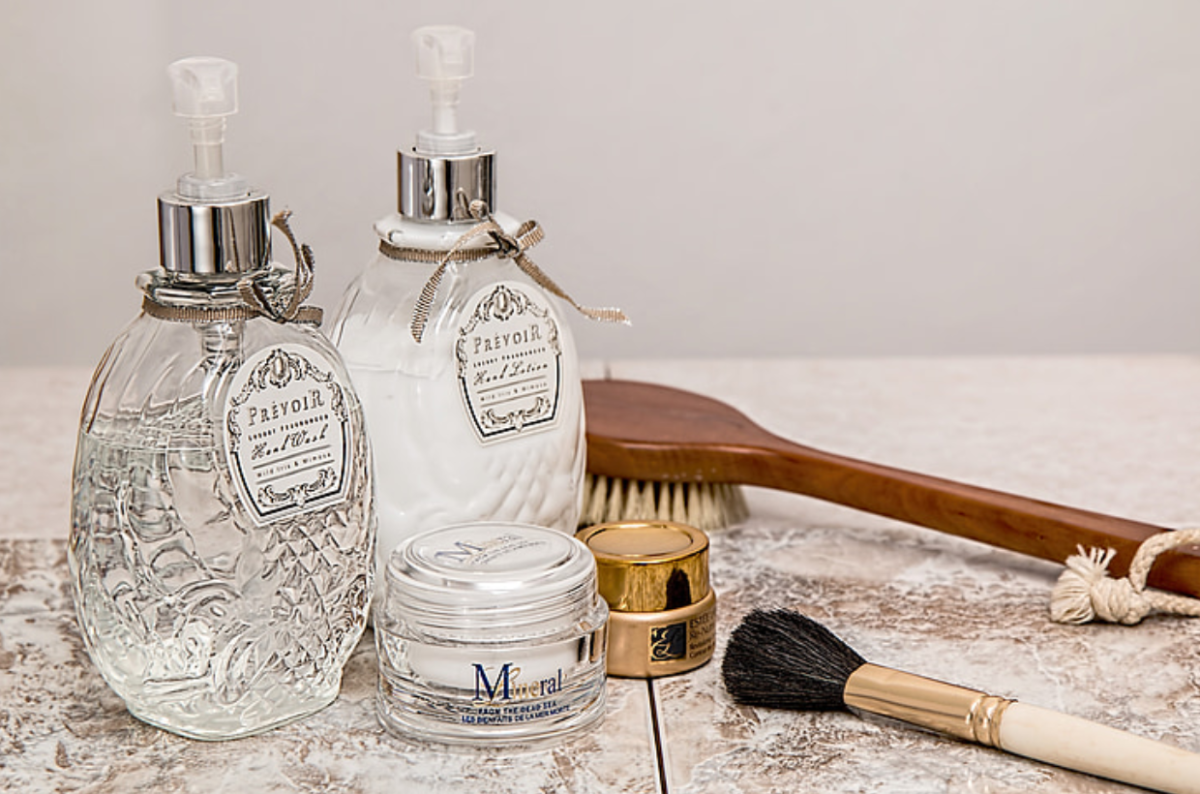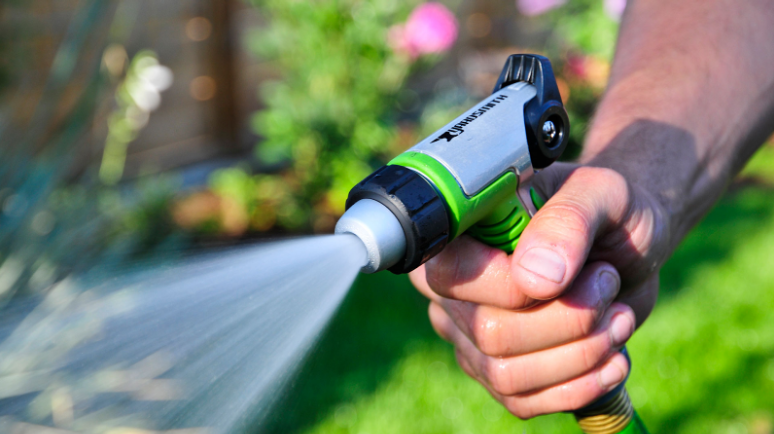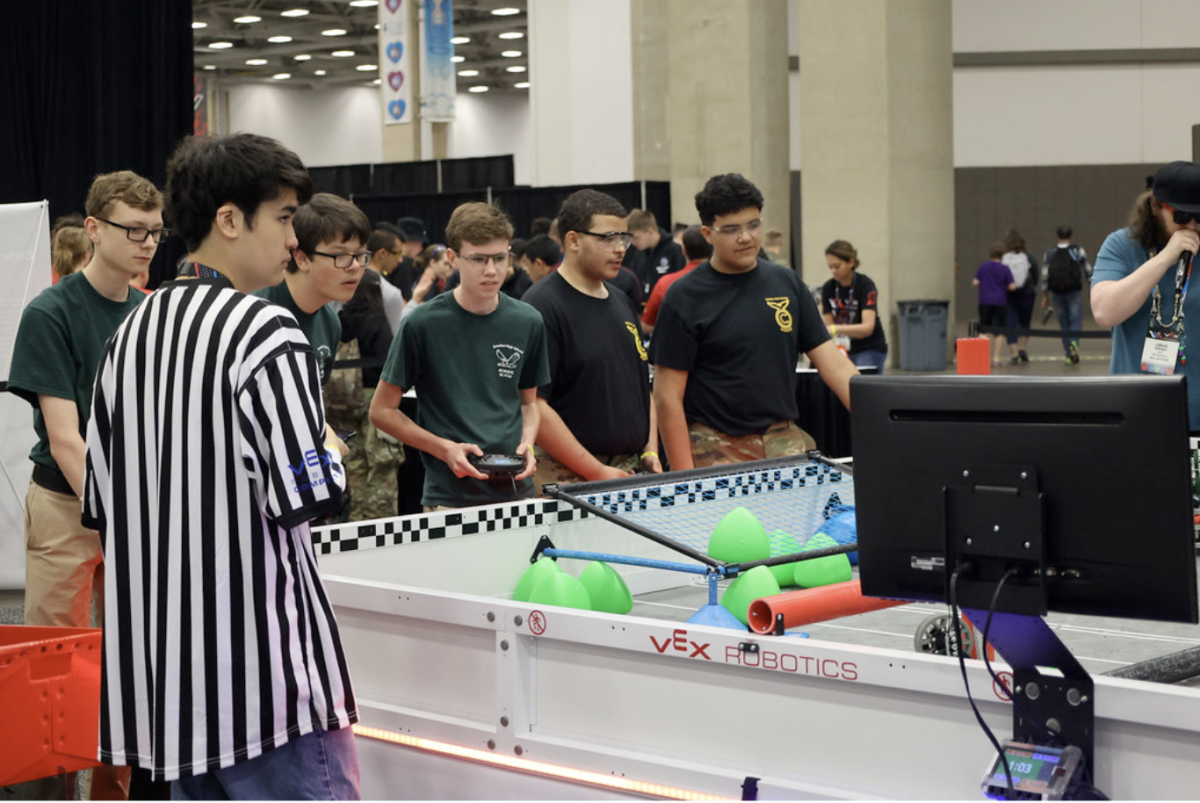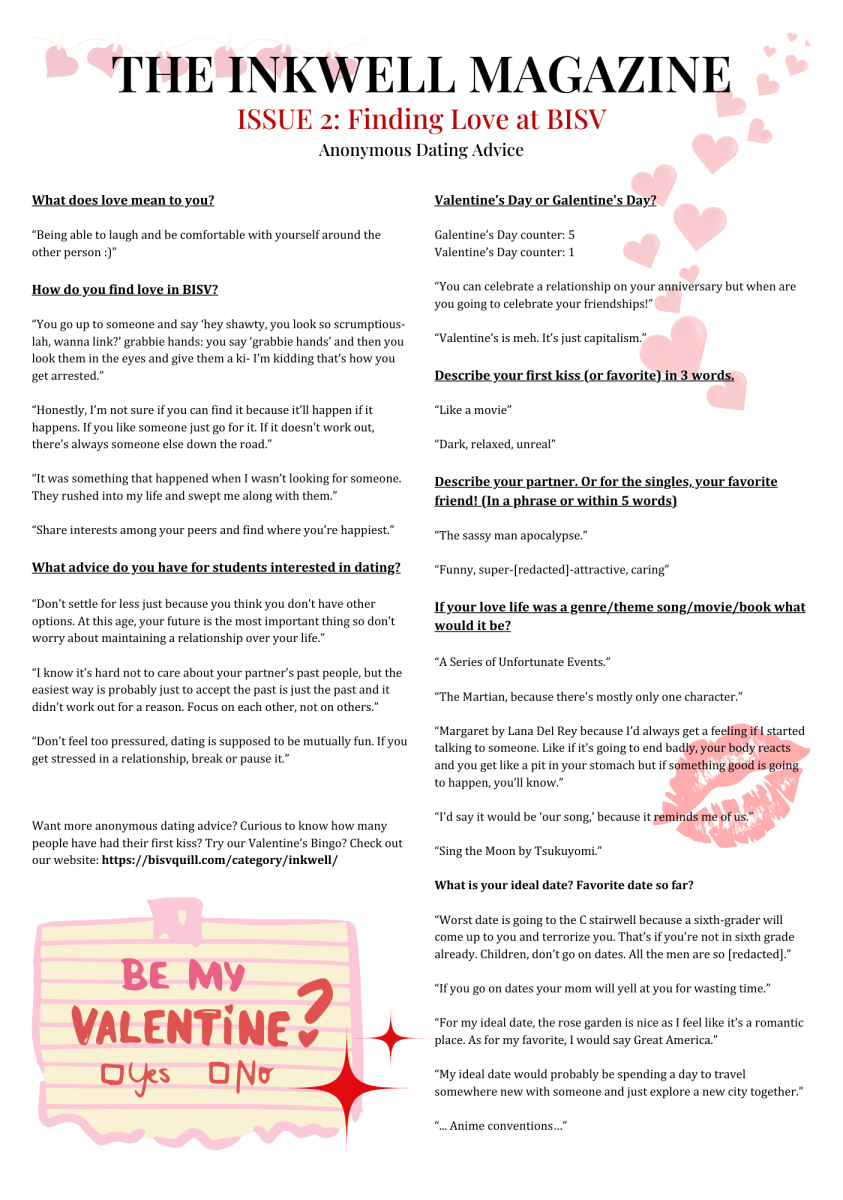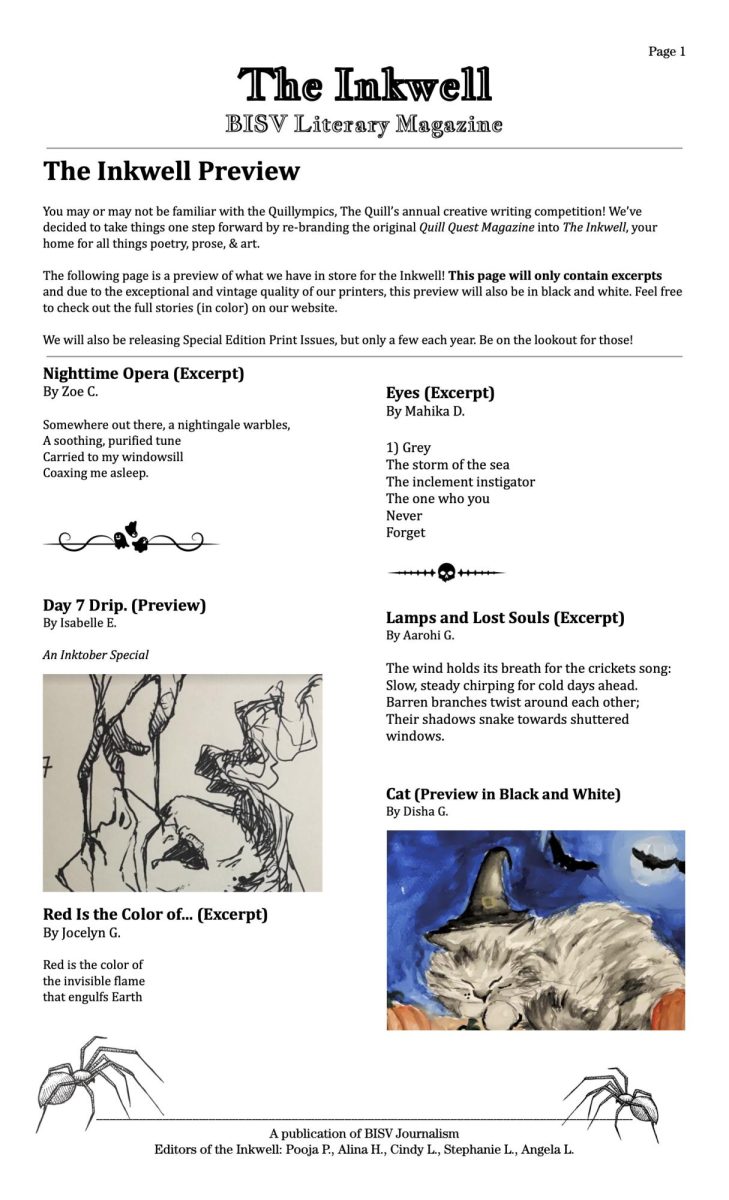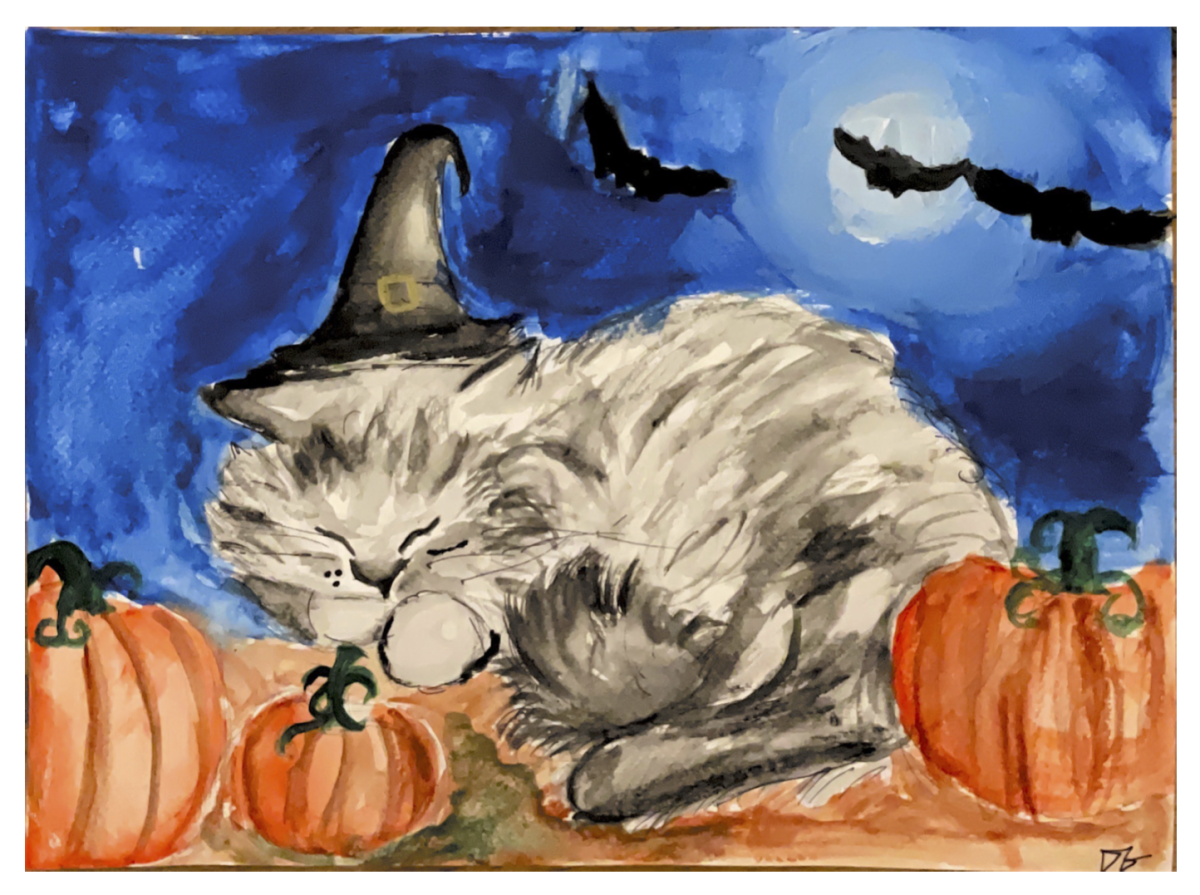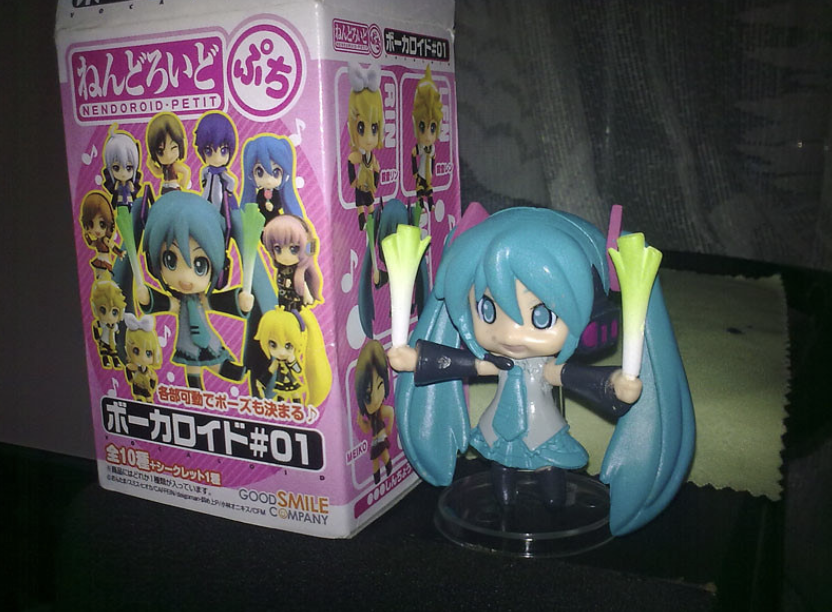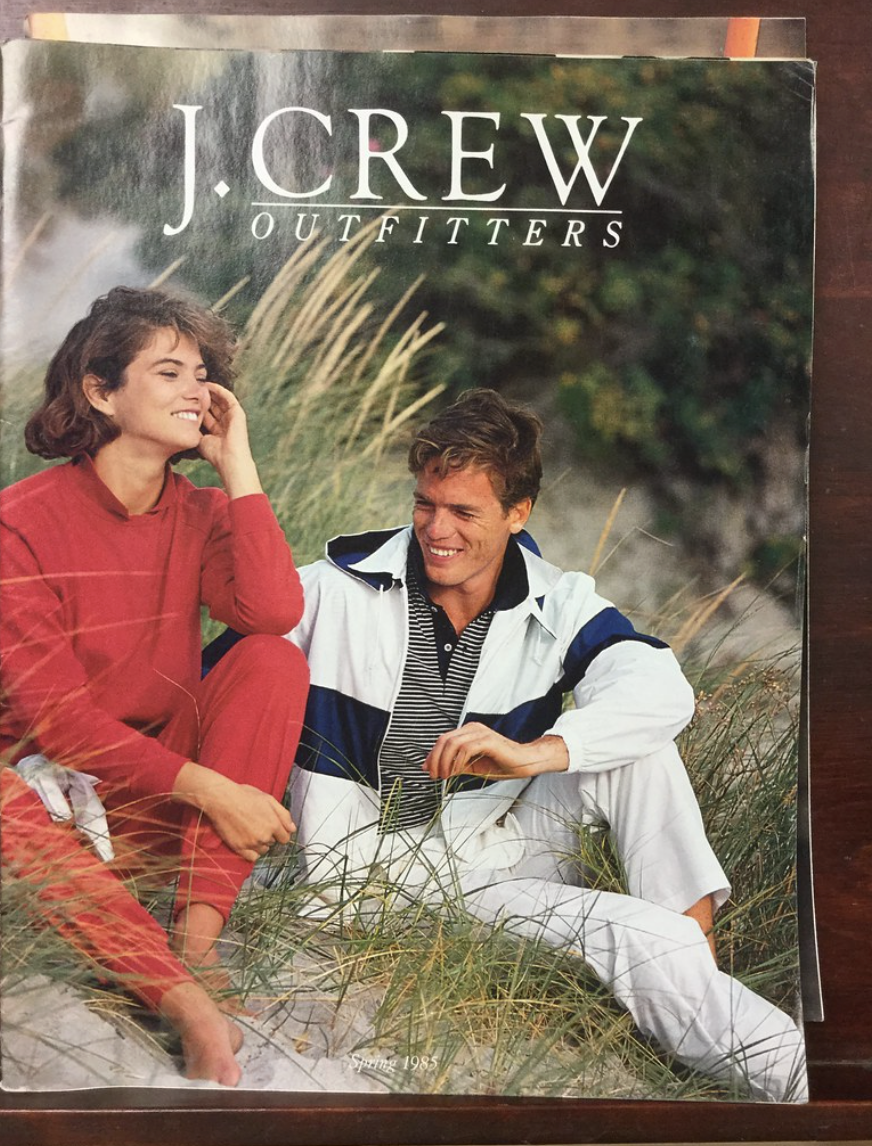Bootleg products—products that are made to imitate another, but (usually) at a cheaper price. They have always existed throughout history, from alcohol to fashion, and have only grown with the existence of the Internet. With this rise of accessibility, however, the morality towards bootlegs has also come into question.
Amid this moral gray area, the allure of bootleg products lies not only in their affordability but also in their subversive charm. Many consumers appreciate the creativity involved in crafting these knock-offs, often viewing them as a form of rebellion against traditional luxury markets. This perspective fosters a sense of community among bootleg enthusiasts, who often celebrate the quirks and imperfections of these products as part of their charm. In this way, bootlegs can be seen as a response to the elitism associated with high-end brands, allowing people to engage with cultural symbols without the associated financial burden. However, this playful attitude complicates the conversation around ownership and authenticity, raising questions about what it means to appreciate art and culture in an era of mass production and consumption.
Bootlegged products are usually based on traditionally expensive products, such as designer items or merchandise. Those who cannot access these original products can invest in an option that looks similar at a much cheaper price. However, the ethics of this is also questioned, as this can potentially harm the business that these products originally came from. This can especially damage smaller businesses on which these bootlegs are based off of, which can further complicate the issue. Yet, this affordable but controversial part of the economy has seemed to grow its own unique community, specifically over the focus on bootleg products that look…a bit off. So then, let’s take a tour of some of these counterfeits!
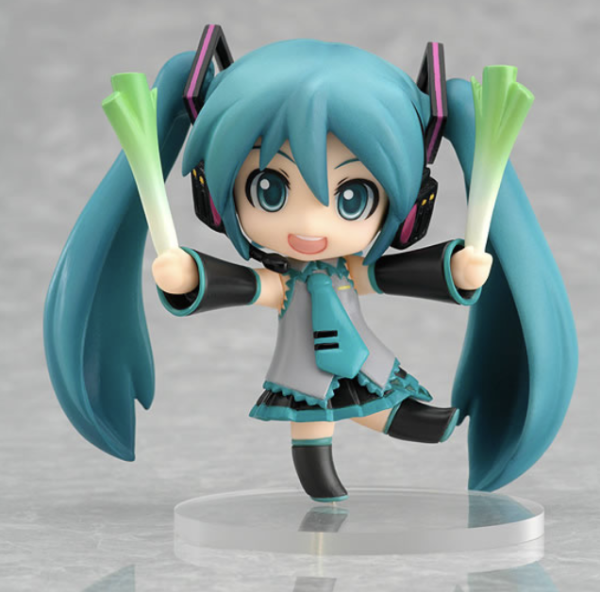
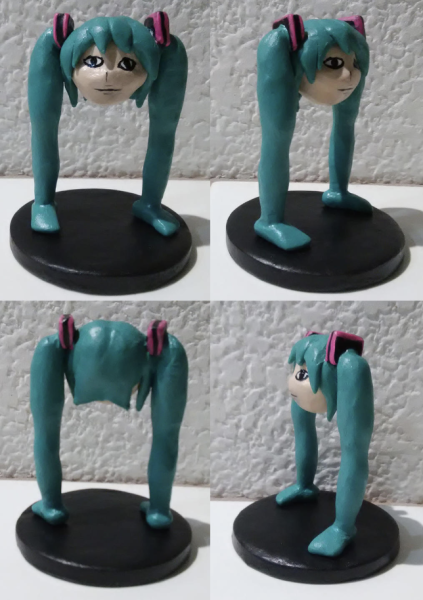
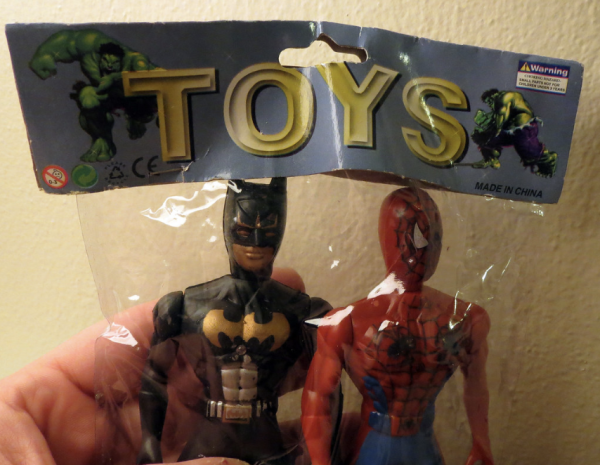
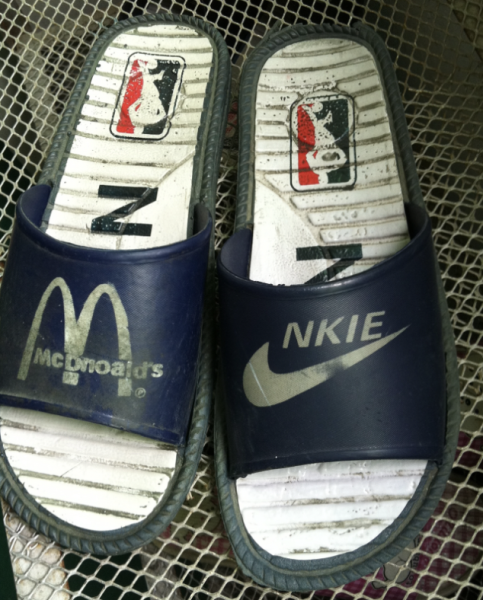
In conclusion, bootleg products show just how tricky the balance between affordability and ethics can be. They offer a way for people to get in on the latest trends without breaking the bank, but they also raise real concerns for the original creators and smaller businesses that could get hurt by these imitations. With the Internet making it easier than ever to find and share these knockoffs, we’re left with a fascinating community that embraces the quirky and “off” versions of popular items. As we dive into this world of counterfeits, it’s clear that bootlegs are more than just cheaper alternatives; they spark a conversation about what it means to be authentic in today’s marketplace.
Sources
Choo, Danny. “Bootleg Figures.” Flickr, Yahoo!, 18 Oct. 2024, www.flickr.com/photos/dannychoo/5209273122.
“Shiteanyo/Leg Miku Figure by Callia-Evergreen on DeviantArt.” By Callia-Evergreen on DeviantArt, www.deviantart.com/callia-evergreen/art/Shiteanyo-Leg-Miku-Figure-824800813. Accessed 17 Oct. 2024.
Stone, Benjamin. “Knockoff Toys – Wrestling Boots Batman and Breast-Accents Spider-Man 2.” Flickr, Yahoo!, 18 Oct. 2024, www.flickr.com/photos/benchilada/9017928919.



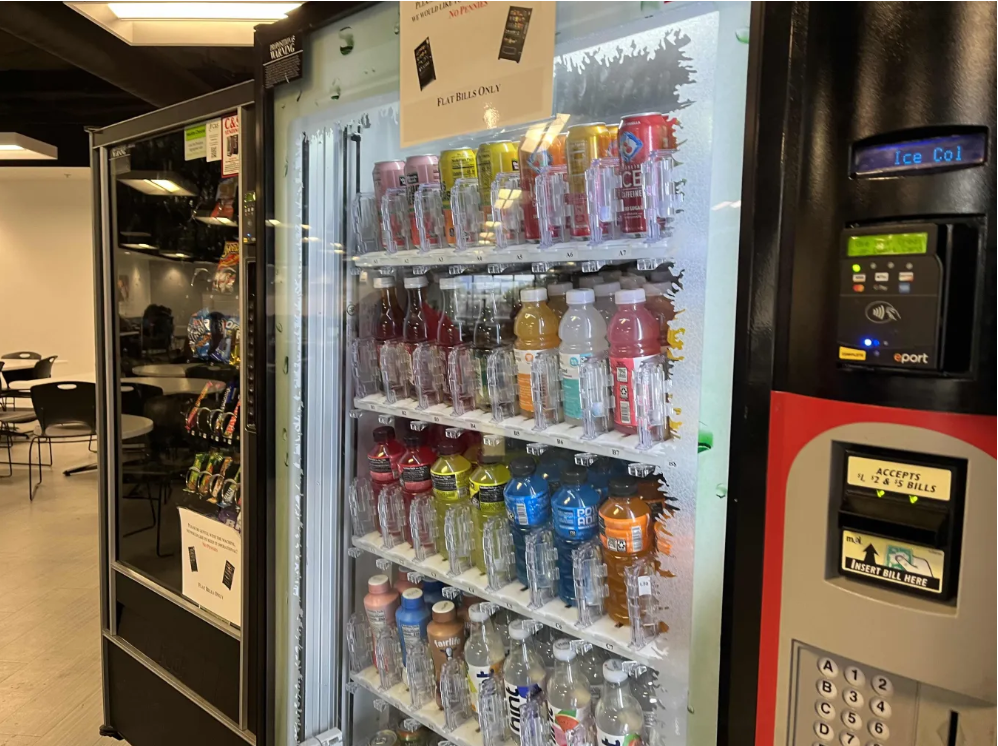

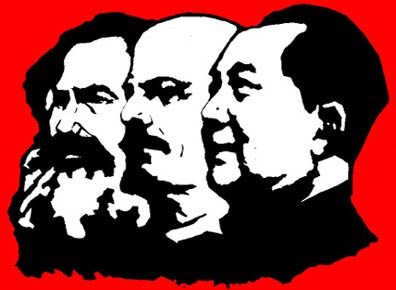



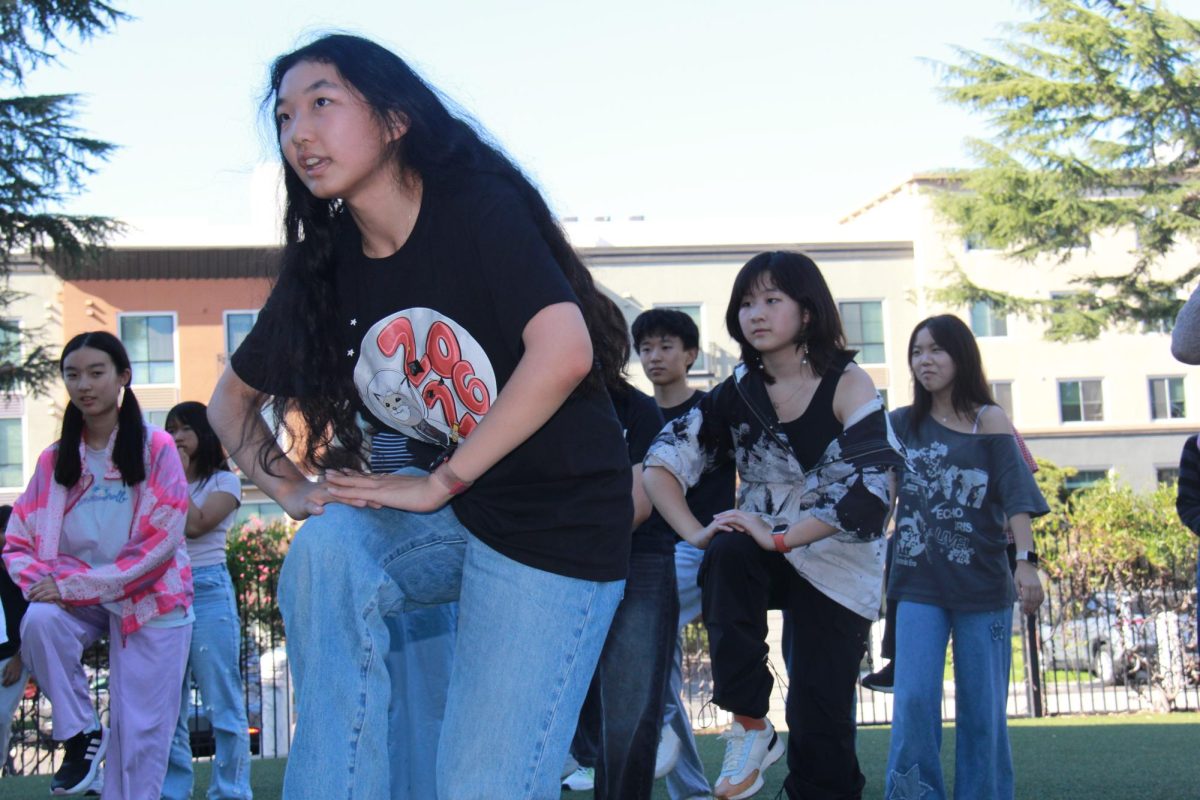



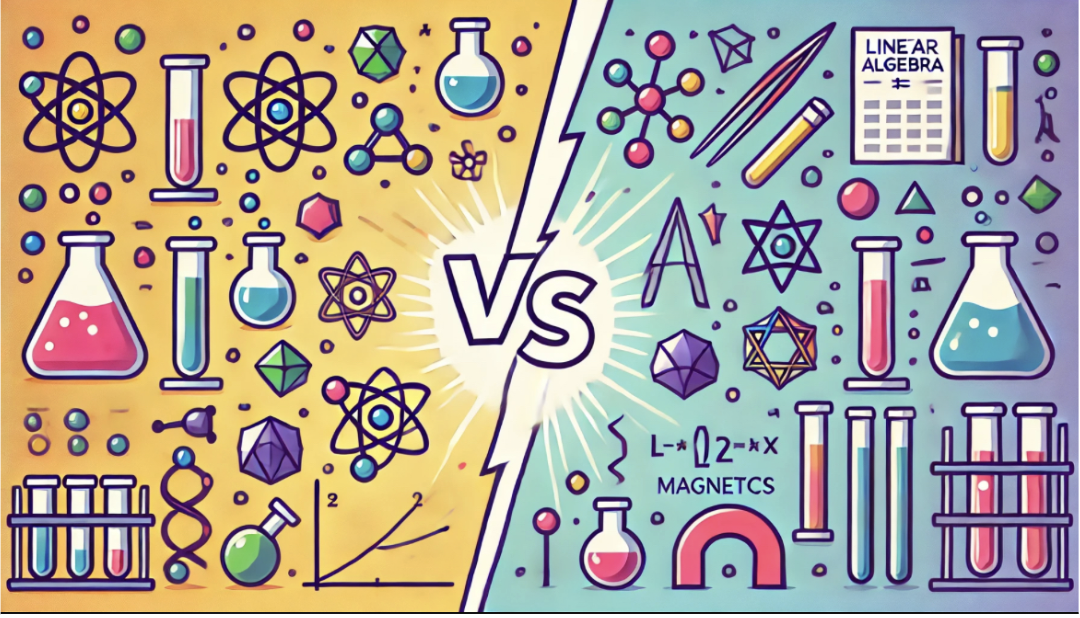

![Teacher [Milk] Tea: Part 2](https://bisvquill.com/wp-content/uploads/2024/03/Screen-Shot-2024-03-19-at-9.28.48-PM.png)



